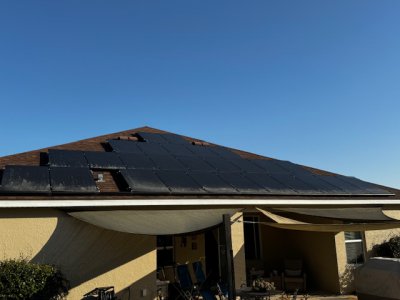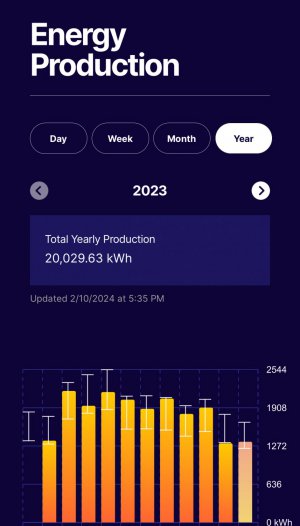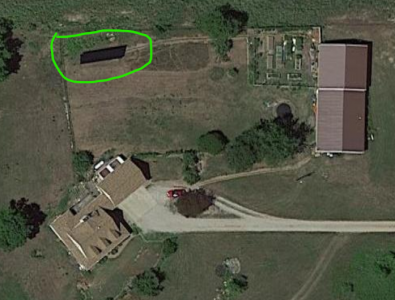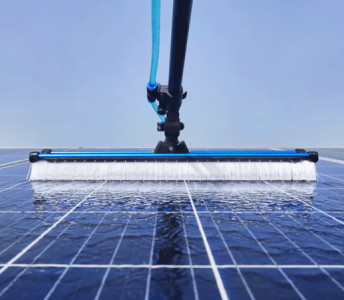- Joined
- Mar 26, 2018
- Messages
- 8,411
Yeah, I've been watching the reality of these EV bus purchases. The tax payer really took it in the shorts Let's not talk about the recent cold weather and EV inadequacy.I'm not sold on solar panels or wind generators. Everyone I know around here that has tried either method has spent a ton of money on their system with little or no return on investment. The panels get covered with snow and ice in the winter months, in the spring they're covered with seeds, and in the fall they're covered with leaves. When they fail parts are either impossible or hard to get. When they are available they're so expensive they totally negate any savings generated by the electricity they produce.
The same is true of wind generators. Anything over 5 years old is so antiquated there are no parts available. In most cases the manufacturers have gone out of business.
As long as I'm on a tangent I'll also include comments on the electric busses the city has purchased. Over the last 2 years they bought 5 Proterra electric busses. Each cost more than twice what a normal diesel would, and currently all 5 are sitting in the garage. Most probably permanently out of service.
The company has gone bankrupt, and no replacement parts are available. Several need new batteries. They were supposed to last 6 years and have a range of 300 miles before needing to be recharged. In a period of less than 2 years they're down to a 100 mile range and are taking 8 to 12 hours to recharge. A couple need new parts for doors, but due to the current state of the manufacturer none are available.
Just to rub salt into the would the city has ordered another 60 electric busses from another manufacturer. This company has reported a $5,000,000.00 loss for the last fiscal year. How long will they last?
I'm not a big fan.





